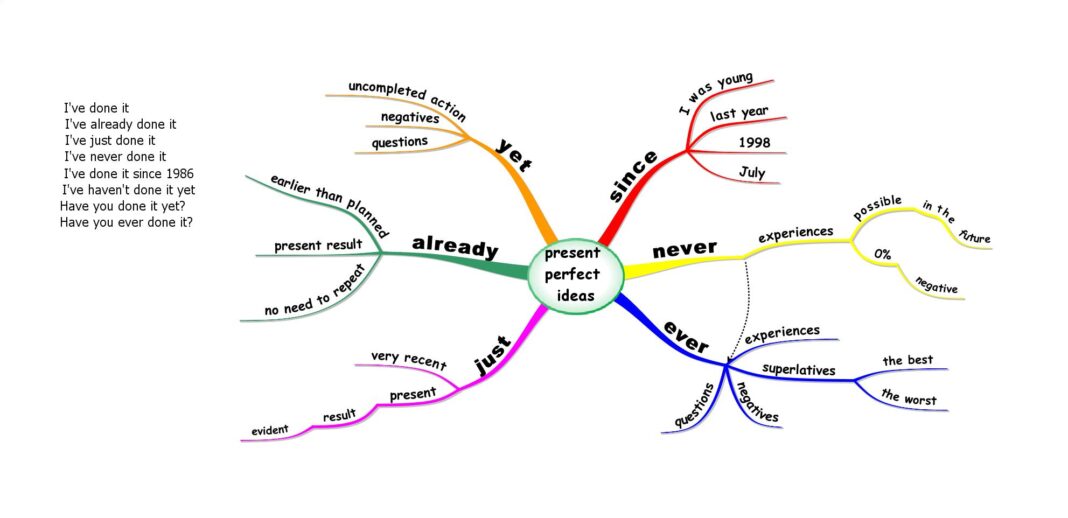Past Simple vs Present Perfect
Both present perfect and past simple are tenses in English that can be confusing to use, so it’s important to understand the difference between them. The present perfect is used for actions that started in the past and have a connection to the present, whereas the past simple is used for actions that began and ended in the past. The main difference between the two tenses is that the present perfect has a connection to the present, while the past simple does not. This article aims to clarify the usage of these two tenses and highlight the differences between past simple and present perfect.
What is Present Perfect?
The present perfect is typically used when referring to things that started in the past and have a connection to the present. It is formed as follows:
Has/Have + the past participle of the verb
For example, consider the sentence, “I have lost my car key.” The person lost the key in the past, doesn’t know when it happened, and still hasn’t found it. There is a connection to the present because the key is still lost. Another important aspect of the present perfect is that we use it when we’re uncertain about the exact time an incident occurred, such as in the sentence, “Someone has dropped a pen.” We don’t know when the pen fell, and since it’s still on the floor, we use the present perfect to show a connection to the present.
What is Past Simple?
The past simple tense is used for actions that started and ended in the past, with no connection to the present. It is formed as follows:
Verb + ed / irregular verb
For example, consider the sentence, “I watched that movie yesterday.” The speaker completed the action of watching the movie at a specific time (yesterday). This is a special feature of the past simple tense, as it specifically mentions the time, unlike the present perfect. The action has no connection to the present, so the past simple is used. If the speaker said, “I have watched that movie many times,” the sentence would be in the present perfect. Note that the time is not specified in this example, the present perfect does not emphasize the exact time an action occurred, and it suggests that the person might watch the movie again, hinting at a connection to the present.
Key Takeaways
- The present perfect is used for actions that began in the past and have a connection to the present, and the time is generally unspecified.
- The past simple is used for actions that have been completed in the past, and the time is specified.
- Unlike the present perfect, the past simple does not have a connection to the present.
